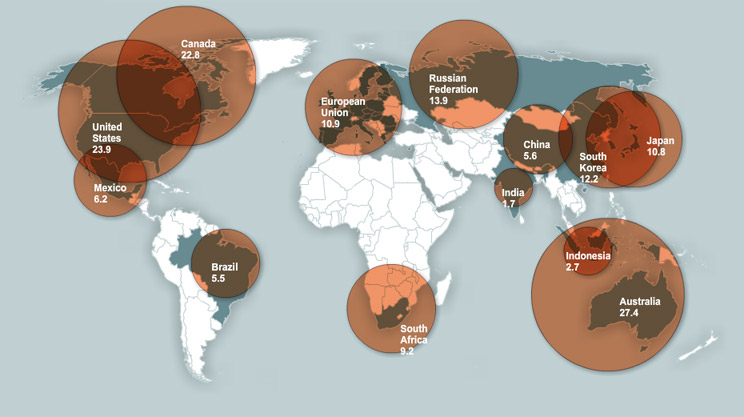
Photo (adaptation) of Hemagglutinin by TimVickers (Wikimedia)
"The structure and receptor binding properties of the 1918 influenza hemagglutinin"
Discovered in a patient on Tuesday, the new H1N1 virus mutation includes alterations in the hemagglutinin protein. Hemagglutinin is one of the reasons that the influenza virus is so effective as the protein allows the virus to infect new hosts.
Why is the new H1N1 virus subtype and mutation important?Every couple of decades, a new strain of influenza appears that is far more infectious, allowing it to spread rapidly -- including that which occurred during the 1918/1919 H1N1 pandemic, or Spanish flu, which killed a roughly estimated 50 million people and infected at least 500 million.
The newly identified H1N1 virus strain -- a mutation from the A(H1N1) swine flu pandemic isolate -- may or may not prove more lethal or infectious, but scientists are concerned and vaccine efforts continue.
Additionally, the Insituto Adolfo Lutz website reveals details on A/Sao Paulo/1454/H1N1 but the related Technical Note is written in Portuguese-Spanish requiring translation for most readers. An excerpt and translation instructions follow.
Human cases of respiratory infection caused by a new type of influenza virus A, subtype H1N1 were of porcine origin reported by the Center for Disease Control and Prevention from 21 April 2009. So far, the disease was detected in 73 countries, with 25.3 thousand confirmed cases, 139 of them fatal. The new virus presents a unique combination of gene segments that in the past had been reported between the influenza virus from swine or human origin.
In Chicago, the first case of human infection caused by the new strain was identified in a man of 26 years who presented the symptoms of flu to return from a trip to Mexico. The patient was hospitalized on April 24 at the Institute of Infectious Diseases Emilio Ribas and is fully recovered.
Respiratory secretion sample of this patient was subjected to molecular rt PCR methodology (§ reaà the polymerase chain in real time) with probe specific for the new subtype H1N1 by the team of molecular biologist Claudio Sacchi, and the result for the new viral subtype .









